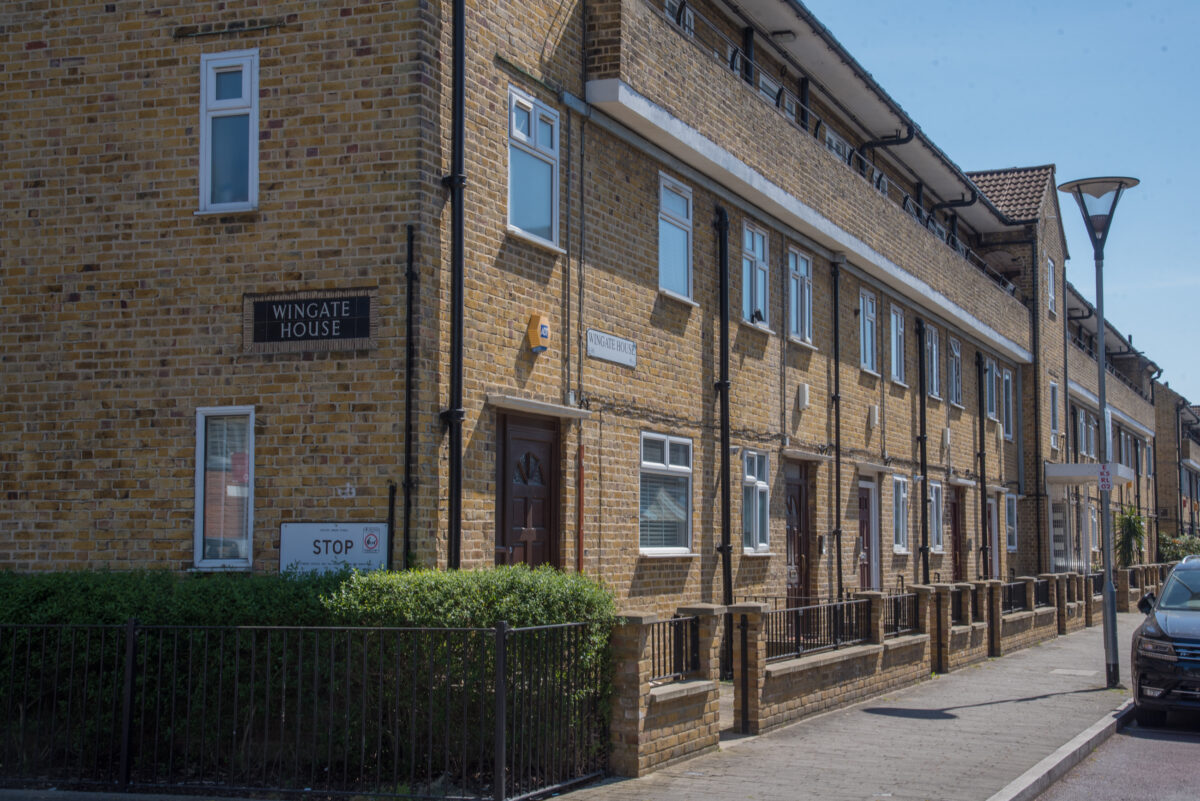Last week saw the launch of ‘Making land deliver’, a new report from Network Homes proposing three big ideas to reduce land costs for providers of social and affordable housing. I took part in a panel discussion along with the report’s co-author, Reuben Young, Rico Wojtulewicz from the House Builders Association and Cllr Shama Tatler from Brent.
There is no doubting the importance and timeliness of the land reform agenda, and on this our panel was unanimous. Since 1995, the value of land owned by UK households has grown by an astounding 583%, while the combined value of the assets overlying land (i.e. buildings) has risen at less than half this rate. We are effectively channelling ever more of our national wealth into the hands of those who own a fixed supply of land. This represents a significant challenge for any government hoping to build, build, build its way out of a Covid recession.
‘Making land deliver’ suggests a three-pronged attack on the land value problem:
- Allow local councils, Homes England, and the Greater London Authority to compulsorily purchase land at existing use value.
- Consider social value and market value when selling public land.
- Reform the system of developer contributions to affordable housing.
Network Homes are right to look to the rules on Compulsory Purchase Order compensation for a mechanism to moderate the land market – an issue discussed in detail elsewhere on this blog. Removing ‘hope value’ from CPO compensation awards would tackle a critical barrier to solving the housing crisis in England and Wales.
However, I would caution that Network Homes’ specific call for compensation to be reduced to ‘existing use value’ is likely to conflict with Protocol 1 of the European Convention on Human Rights, which rightly requires compensation at market value. Instead, the UK should simply align itself with other ECHR signatories including Germany, France and Netherlands, by excluding potential development value from definitions of ‘market value’ for CPO compensation purposes. Removing ‘hope value’ would have the effect of reducing awards to levels closer to ‘existing use values’, while still fairly compensating landowners.
Secondly, public bodies considering land disposals should consider social value as well as market value. The government’s Public Land for Housing Programme so far boasts a build out rate of just 15% over the decade that it has been running, and just 6% of the homes planned for these sites will be for social rent. Reviewing and clarifying ‘best consideration’ rules to ensure social value is paramount in decisions about how to use public land is an obvious win.
But the really fresh thinking comes in the third proposal: to replace the Section 106 system for delivering affordable housing on market-led schemes in England with a new, ‘un-gameable’ and non-negotiable system of developer contributions. It works like this:
- Councils set an affordable housing tax rate for all development in their area.
- Developers submit a Gross Development Value, on which they will pay the local tax rate.
- That GDV is used to set the price at which the council can buy homes on the scheme on completion for use as social and affordable housing.
A developer could submit a ‘pessimistic’ GDV to pay less tax, but would then be required to sell homes to the council at ‘pessimistic’ values. This balancing of incentives is the beauty of the proposal. However, there are some thorny issues to work through.
Firstly, this system appears to leave developers in control of the type, size and design of the homes they will build, with councils having only the right to purchase those homes at a pre-set price at the end of the process. There is no guarantee that developers will build the right homes for meeting local housing need, or even that they will meet minimum space standards for social housing. True, councils could spend their tax revenues on delivering the right homes elsewhere – but this relies on Network Homes’ first two recommendations to provide an alternative source of land right-priced for social and affordable housing.
Secondly, the intention to balance power between developers and councils through this proposal may be undermined by the broader planning system. Could a council find itself under pressure to purchase homes of the wrong type or at the wrong price to prevent sites stalling in this system? If that council was worried about how to satisfy its Housing Delivery Test and so avoid losing its planning powers, perhaps. This could be resolved by capping the price which can be paid for affordable housing, for example using plan-stage viability assessments when allocating land.
Despite my quibbles, new thinking from social housing providers is extremely welcome here. Network’s ‘Making land deliver’ follows on the heels of its 2019 report into barriers to social rent delivery for HAs. Both reports provide valuable insights from the front-line of housing delivery, and crucial back up for non-practitioners like me who are campaigning on these issues. I would absolutely encourage other social housing providers to share their experiences and ideas.

